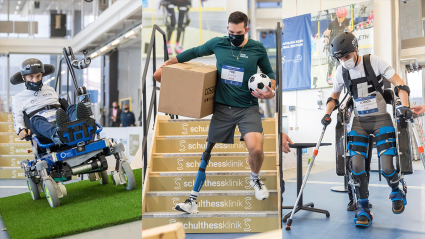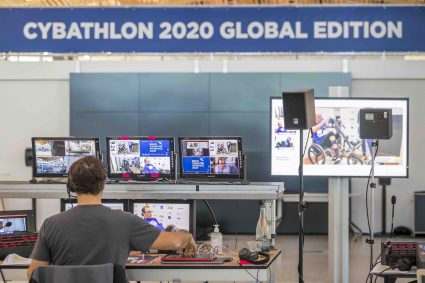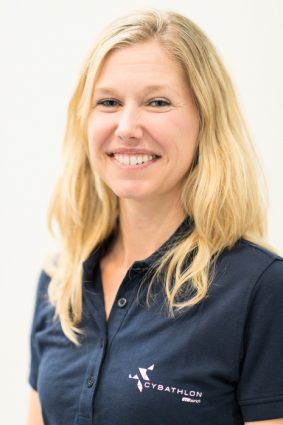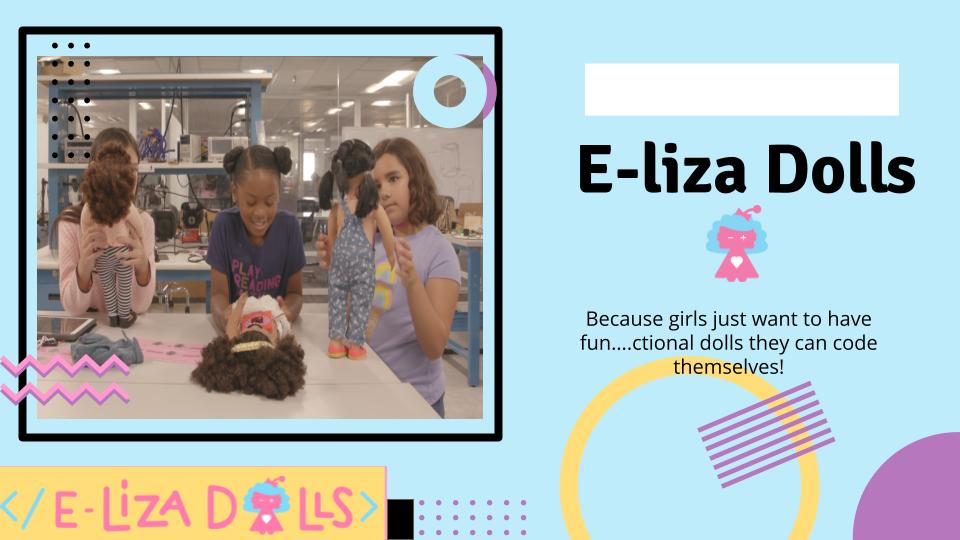6 Ways to Use a Bottomless Conveyor
Introducing Eliza Kosoy; E-liza Dolls
 Eliza Kosoy is a Ph.D Student at UC Berkeley. She studied mathematics in college and then worked for Prof. Joshua Tenenbaum at MIT in his computational cognitive science lab. She then started on a Ph.D at UC Berkeley working with Professor Alison Gopnik in 2018. She is most proud of receiving funding and winning an innovation prize that catalyzed her business! Her startup is called E-liza Dolls. They are 18’’ electronic “liza” dolls that introduce young girls to coding and hardware in a fun way!
Eliza Kosoy is a Ph.D Student at UC Berkeley. She studied mathematics in college and then worked for Prof. Joshua Tenenbaum at MIT in his computational cognitive science lab. She then started on a Ph.D at UC Berkeley working with Professor Alison Gopnik in 2018. She is most proud of receiving funding and winning an innovation prize that catalyzed her business! Her startup is called E-liza Dolls. They are 18’’ electronic “liza” dolls that introduce young girls to coding and hardware in a fun way!
She chose this topic because as a woman in STEM she couldn’t help but feel the gender and racial divide and discrepancies in the hard sciences. With her background in child development, it only made sense that it’s best to expose children to these concepts early on so they will be embedded into their hypothesis space as they develop. The hardest challenge for her is “Soldering Errors” and when tiny components fall off without notice.

E-liza Dolls Kickstarter will open very soon in March 2021 We’ll update this post the moment it goes live!
Roboticists in Residence is a Silicon Valley Robotics initiative that provides free studio space and support for creative artists and engineers making a difference, whether it’s modding a Tesla with all the conveniences of the Victorian era or adding to the ROS2 navigational stack. For more information and updates from our Roboticists in Residence
Introduction to medical image processing with Python: CT lung and vessel segmentation without labels
Credit card-sized soft pumps power wearable artificial muscles
Walking quadruped is controlled and powered by pressurized air
Underwater robots are key to understanding and protecting deep-water species
Underwater soft robot inspired by the brittle star
Next-Generation Mobile Robots Fleet Management
Researchers expand study of ethics, artificial intelligence
#328: Inside Cybathlon, with Anni Kern


Kate speaks with Anni Kern, Head of Communication, strategy, and teams at Cybathlon for over four years. She describes the motivation and concepts for the Cybathlon organizations to develop a common platform to remove barriers between people with disabilities, technology developers, and the public. Anni also describes the specifics of Cybathlon competitions and the organization and planning.
Anni Kern

Anni Kern, CYBATHLON Head of Communication, Strategy, Teams and CYBATHLON @school. ETH Zurich is the inventor of the CYBATHLON project. The CYBATHLON offers a platform to advance research in the field of assistive technology and to promote dialogue with the public about the inclusion of people with disabilities in everyday life. The core of CYBATHLON of ETH Zurich is a unique competition in which people with physical disabilities compete against each other to complete everyday tasks using state-of-the-art technical assistance systems. At the CYBATHLON 2016, Anni Kern was responsible for the coordination and the support of the participating international CYBATHLON teams. Since 2017 she is among others responsible for the strategy, communication, conception of the live event as well as the CYBATHLON @school programme.
Links
- Download mp3 (11.8MB)
- Youtube channel
- Twitter: @cybathlon
- Facebook: @cybathlon
- Insta: cybathlon_eth_zurich
- Linkedin: cybathlon
